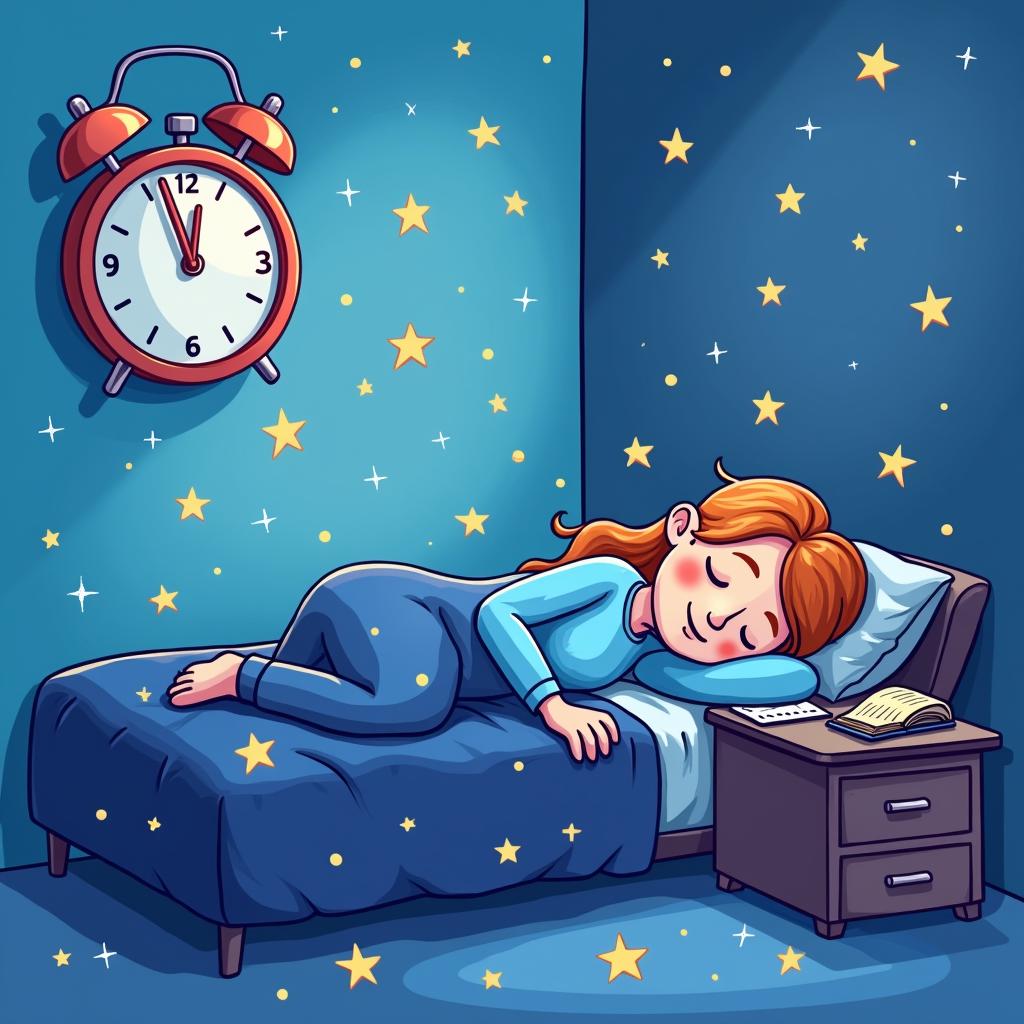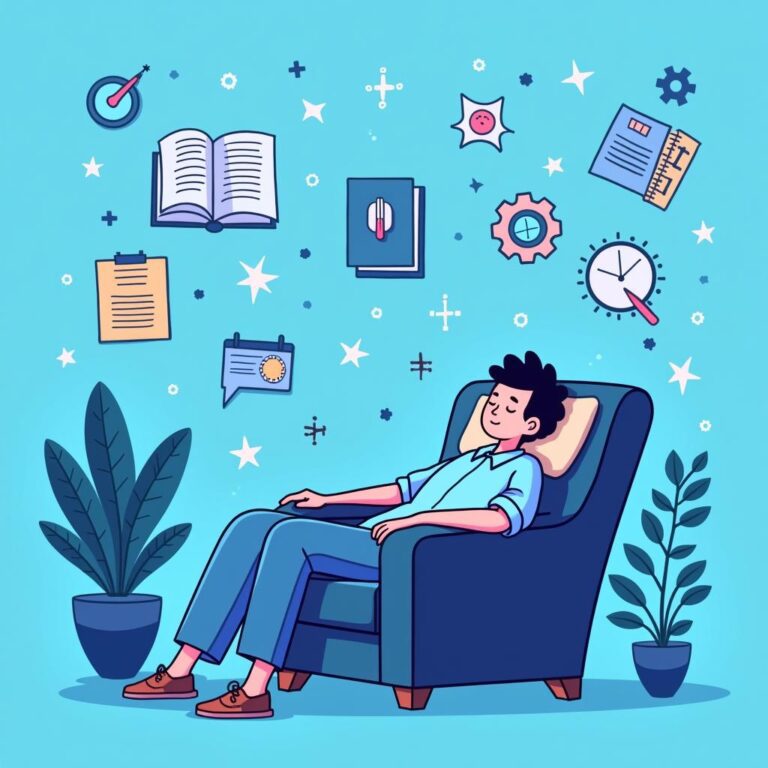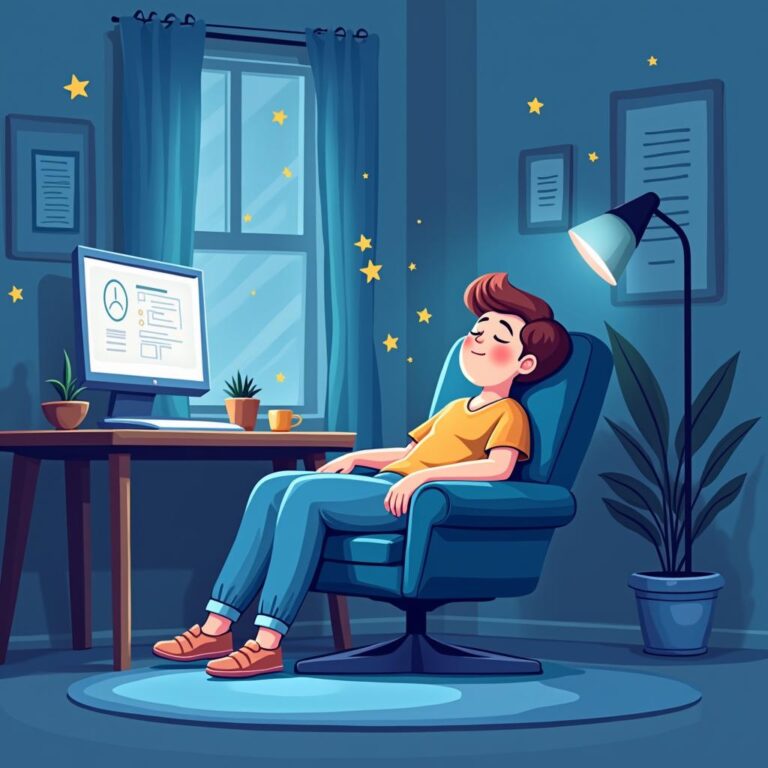The fast-paced world we live in often demands an incredible amount of energy and focus throughout the day. Whether it’s work, school, or personal projects, maintaining high energy levels can sometimes feel like an uphill battle. One solution that many overlook is the power of napping. A well-planned nap schedule can significantly enhance your productivity and energy, making you feel revitalized. In this article, we’ll look into the best nap schedule to keep you energized all day long.
Why Napping is Beneficial
Napping provides an array of benefits that can enhance your mental and physical health. When done correctly, a nap can:
- Boost Alertness: A short nap can help you feel more awake and alert, which is essential for maintaining focus on tasks.
- Improve Mood: Napping can help alleviate stress and anxiety, leading to a better overall mood.
- Enhance Learning and Memory: Naps have been shown to improve information retention, making them perfect for students and professionals alike.
- Support Physical Health: Proper rest supports your immune system and overall well-being.
Understanding Your Sleep Cycle
Your sleep cycle consists of several stages, including light sleep, deep sleep, and REM (Rapid Eye Movement) sleep. Understanding these stages can help you design an effective nap schedule. Most people cycle through these stages every 90 minutes during nighttime sleep. Therefore, a nap that lasts 20-30 minutes will typically allow you to stay in the lighter stages of sleep, resulting in increased alertness upon waking.
Different Types of Naps
There are a few different types of naps, each with unique benefits depending on your needs:
- Power Nap: Lasting about 10-20 minutes, this nap is ideal for a quick boost in alertness and energy.
- Short Nap: 30-45 minutes long, a short nap allows brief entry into deeper sleep stages, which can enhance cognitive function and mood.
- Long Nap: Approximately 90 minutes, this nap allows for a complete sleep cycle, facilitating better memory consolidation.
Creating the Best Nap Schedule
To schedule naps effectively, consider the following factors:
1. Timing Matters
The timing of your nap is crucial. Research suggests the best time to nap is generally between 1 PM and 3 PM. This is when most people experience a natural dip in energy levels. Napping too late in the day can interfere with nighttime sleep, so aim for an early afternoon nap.
2. Determine the Right Nap Length
Choose a nap length that suits your needs. If you’re looking for a quick energy boost, a power nap of about 10-20 minutes will suffice. For a more restorative experience, consider a 30-45 minute nap to enjoy the benefits of deeper sleep. Finally, if time allows, a full 90-minute nap can tremendously uplift your mood and mental clarity.
3. Create a Comfortable Environment
Your napping environment greatly affects the quality of your nap. Ensure that the room is quiet, dark, and cool. Use eye masks and earplugs to block out disturbances. If possible, avoid napping in a reclining chair; lying down on a bed or couch can enhance relaxation.
4. Develop a Routine
Consistency is key when it comes to napping. Try to nap at the same time each day to help your body develop a routine. Over time, your body will naturally begin to anticipate when it’s time to rest, making it easier to fall asleep during your designated nap time.
Signs You Need a Nap
While some people can identify when they feel tired, others may struggle to determine when a nap is necessary. Here are a few signs that indicate you might benefit from a nap:
- Yawning: Frequent yawning signals that your body is craving sleep.
- Difficulty Focusing: If you find your concentration waning, a nap can help reset your attention span.
- Increased Irritability: Feeling unusually irritable or moody can be a sign that you need some downtime.
- Physical Fatigue: If your body feels sluggish or heavy, a short nap can reinvigorate your energy levels.
Potential Pitfalls to Avoid
While napping has its advantages, there are a few common pitfalls to watch out for:
- Napping Too Late: Avoid napping after 4 PM to prevent interference with your nighttime sleep.
- Inconsistent Nap Times: Irregular napping can lead to poor sleep quality. Try to maintain a consistent schedule.
- Over-napping: Napping for too long can lead to sleep inertia, making you feel groggier.
Conclusion
A well-structured nap schedule can be one of the most effective ways to boost your energy and productivity throughout the day. By understanding your unique needs and the importance of timing, duration, and environment, you can craft the best nap schedule that fits into your lifestyle. Remember, the goal is to rejuvenate your body and mind, allowing you to tackle daily challenges with increased vigor and focus. Embrace the art of napping, and enjoy the benefits that come with it!







